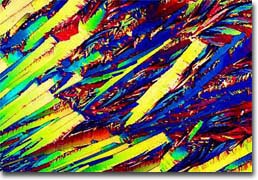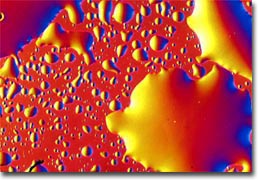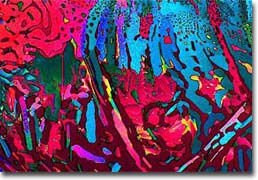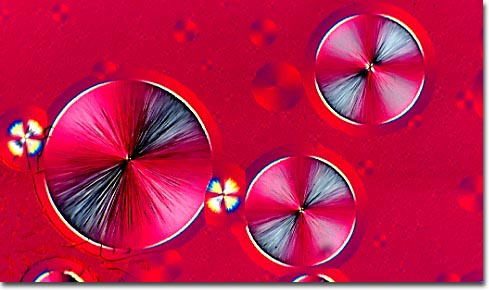|
Cancer has been known to humans since ancient times, but considerable and effective steps were not made towards its treatment until the twentieth century. Though most commonly thought of as a single disease, cancer is actually a group of as many as 200 different diseases typified by the uninhibited growth of abnormal cells. Due to this fact, as well as the occurrence of cancer in various stages of development, a wide array of treatments are required to effectively control it. Broadly, these treatments most commonly include surgery, radiation therapy, chemotherapy, or a combination of these therapies.

Fluorouracil
The chief means of curing cancer is surgery, but the efficacy of the treatment for many forms of the disease is greatly hindered because tumors often spread beyond their original location. Similarly, radiation therapy is best suited for the treatment of cancers that are localized in small areas that can be reached by ionizing rays or implanted with a radioactive isotope. Chemotherapy, or the administration of anti-cancer drugs, is capable, however, of combating even the most widespread of metastases. By entering into the bloodstream, the chemical compounds are able to disperse throughout the body and strike cancer cells almost anywhere they might be proliferating. A few locations within the body known as sanctuaries, however, are not vulnerable to typical drug administration and instead require more direct dispensation in order for any tumor cells they accommodate to be affected.

Adriamycin
Though a very potent form of cancer treatment, chemotherapy is not without its drawbacks. One of the most problematic aspects of creating practical, yet effective anti-cancer agents has been determining a way to selectively kill cancerous cells while leaving healthy cells intact. In their efforts to develop drugs with such capabilities, scientists have focused upon many different aspects of cancer during their research and, therefore, an array of agents that work via different means to fight the disease have been developed. A group of agents referred to as antimetabolites, for instance, act by interfering with cell enzymes in order to disrupt processes vital to cell survival. Because both cancerous and non-cancerous tissues possess almost identical metabolic enzymes, however, it becomes necessary to selectively target those enzymes that are more abundant and/or active in cancer cells. Alkylating drugs, on the other hand, work by interfering with the process of cell division and, therefore, are most disruptive to quickly multiplying cells, both cancerous and non-cancerous.

Methotrexate
Unfortunately, most of the chemicals that have been found to be successful anti-cancer agents are extremely toxic and must be administered very carefully. The side effects incurred by those taking these drugs are numerous and often rather serious. One of the most well known is hair loss, an effect that results from the fact that hair cells are rapid multipliers and are, therefore, generally more susceptible to anti-cancer agents than other types of healthy cells. Other common side effects of chemotherapy include anemia, vomiting, diarrhea, nausea, decreased infection resistance, and an increased likelihood of hemorrhaging. Despite their severity, many of these effects are temporary and can be eased with the intake of palliative medicines.

Taxol
The photomicrograph displayed as the banner for this page depicts crystallites of one of the most promising anti-cancer agents yet developed, taxol, which was originally derived from the rare Pacific yew tree. This slow-growing tree was formerly the focus of a bitter argument between medical researchers and conservationists who contended that the existence of the yew was being threatened by large harvests. Taxol gains its effectiveness via inhibition of mitosis in tumor cells by binding to microtubule components. In the early 1990s, a major breakthrough was accomplished when Dr. Robert A. Holton announced a new synthetic pathway to this important drug using a more readily available material extracted from the needles of the more abundant English yew, effectively putting an end to the early tumult surrounding taxol production.
|




